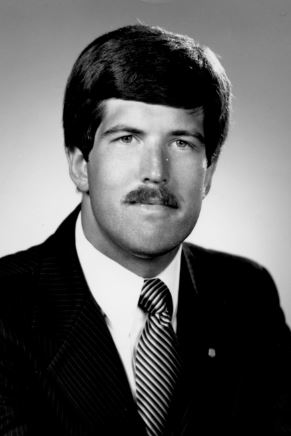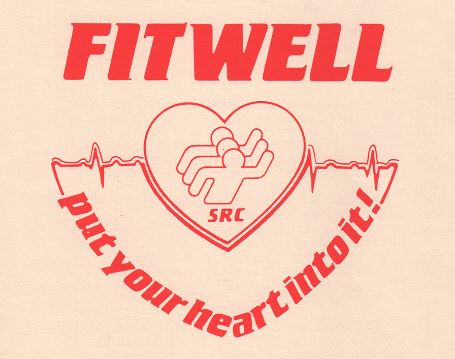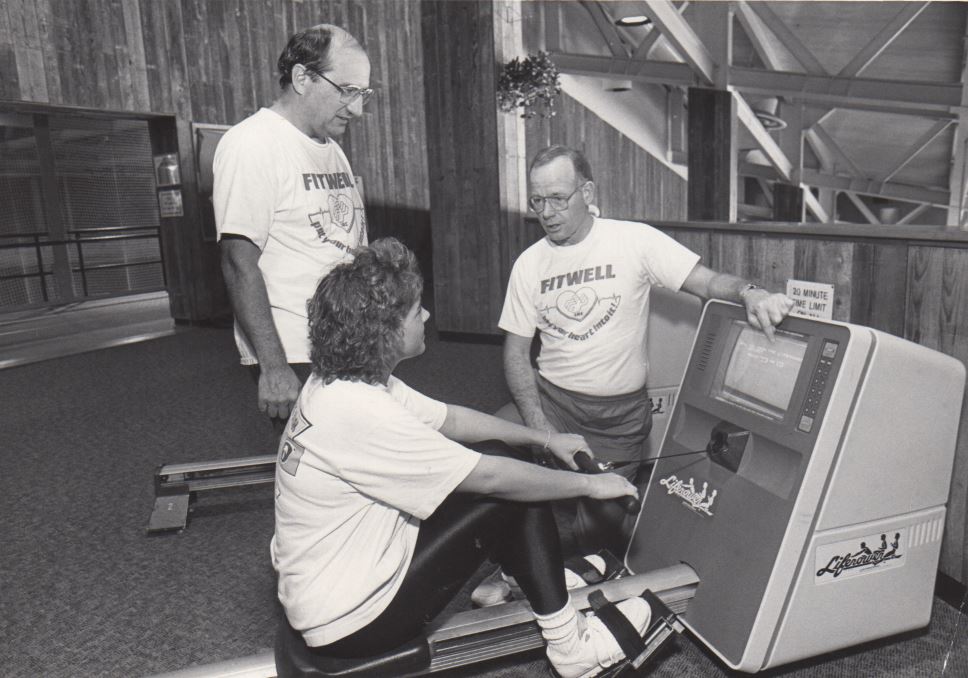By dedicating full-time staff resources, Recreation and Wellness launched the Student Development and Leadership Program (SDL) in 2007, which offered students additional leadership training.
Through the development of the SDL program, BGSU Recreation and Wellness became an early innovator within the National Intramural and Recreational Sports Association (NIRSA), the governing body of collegiate recreational sport. Lona Leck, assistant director of marketing and student employment explained that “the purpose of these events is to provide students with something greater than just the basic work experience. These events help educate students on different topics, to help make them more well-rounded in the workplace, as well as in their daily lives.” Participation contributes to the acquisition of a BGSU Leadership Certificate for qualified and enrolled students.
The Student Development and Leadership program provides training that includes a philosophical orientation of the field of leadership through a series of workshops. SDL workshops offer hands-on educational experience and prepare individuals for lifelong career development and personal growth. Participants develop an appreciation for engaged leadership while inspiring active and healthy lifestyles.
In order to promote student learning, all SDL sessions are grounded in theory. The anchors for theoretical support are Kouzes and Posner’s Five Practices of Exemplary Leadership, BGSU Pillars for Student Success, and BGSU’s Core Values. Facilitators are mindful of these connections when creating programs.
Each year the programs are geared to meet Student Affairs Learning Outcomes as well as adhere to the core values set forth by the University. The programs cover a variety of topics including: an annual session on diversity, customer service/conflict management, interviewing skills, resume development, hot button topics, and student interests.
For more information on the History of Recreation and Wellness, visit our website.


 raduate Student Government (USG) poll of 162 students conducted in February 1990 revealed that 95 percent showed support for the new facility. The building had to be financed through Interest-bearing bonds and student fees financed over a 15 year period. However, the same USG poll showed that 94 percent showed support for the construction using general fees.
raduate Student Government (USG) poll of 162 students conducted in February 1990 revealed that 95 percent showed support for the new facility. The building had to be financed through Interest-bearing bonds and student fees financed over a 15 year period. However, the same USG poll showed that 94 percent showed support for the construction using general fees. mittee formed by Wilcox, University President Hollis A. Moore appointed a group in May, 1973 to study campus recreation needs. The group recommended the construction of an indoor facility as a long range project due to limited funding.
mittee formed by Wilcox, University President Hollis A. Moore appointed a group in May, 1973 to study campus recreation needs. The group recommended the construction of an indoor facility as a long range project due to limited funding.

 director, described the program as a semi-supervised exercise program aiming towards improving an individual’s overall health. The program was based on pre and post tests. The Senior Fit for Hire program was also developed in the 90’s and promoted the health and fitness or senior students who would soon be joining the workforce. In this program, students were provided with a certificate stating that the individual was “concerned about fitness and interested in their health.”
director, described the program as a semi-supervised exercise program aiming towards improving an individual’s overall health. The program was based on pre and post tests. The Senior Fit for Hire program was also developed in the 90’s and promoted the health and fitness or senior students who would soon be joining the workforce. In this program, students were provided with a certificate stating that the individual was “concerned about fitness and interested in their health.”